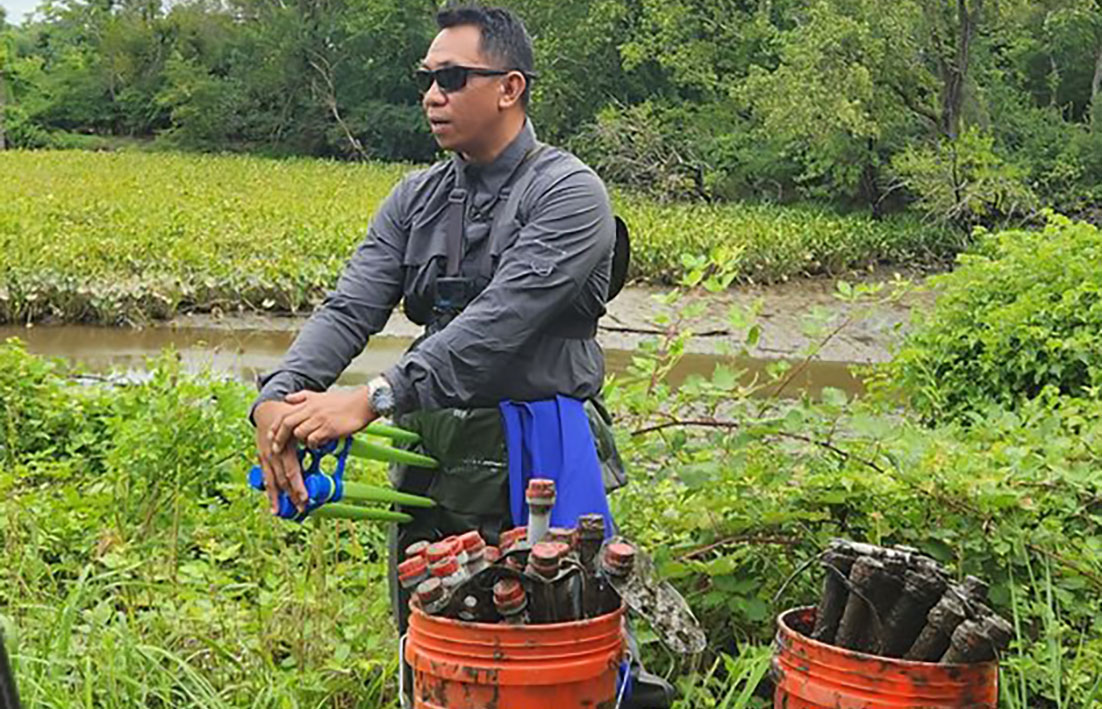
WHEN ecoSPEARS chief executive officer Sergie Albino was in Perth last month discussing approaches for the identification, assessment, and remediation of PFAS hosted by crcCARE Australia, he may have missed an opportunity to put the company’s technology before the Department of Defence.
A former NASA engineer, Mr Albino said the company’s NASA-developed clean tech solution was on a mission to cleanse the world of these contaminants.
But a Department of Defence spokesman said its per- and poly-fluoroalkyl substances (PFAS) investigation and management branch had not received any enquiries or proposals from ecoSPEARS regarding its PFAS treatment technologies, and has not funded or been involved in research to develop ecoSPEARS.
“Defence regularly receives and assesses proposals from organisations requesting support for PFAS research studies or to demonstrate technologies,’’ he said.
Mr Albino said ecoSPEARS was an environmental remediation company committed to sustainable remediation of persistent environmental contaminants such as PFAS, PCBs, 1,4 dioxane, dioxins, and more.
“These chemicals, widely produced and used in the US and other industrialised nations for years, are associated with serious health issues, including cancer, liver damage, and birth defects,’’ he said.
“What makes them particularly challenging is that they do not naturally degrade, persisting in major waterways and causing harm to wildlife, habitats, and communities.
“Traditional methods of remediation involve digging up contaminated sites and transporting the material to landfills or incinerators, releasing significant CO2 emissions and toxic byproducts. This process also poses risks to communities through the transport of hazardous waste across the country.
“In contrast, ecoSPEARS offers a sustainable solution by extracting and eliminating contaminants on-site, reducing CO2 emissions and eliminating the risks associated with transporting hazardous materials.
“Importantly, our technology avoids the use of heat or combustion processes, preventing the creation of additional toxic byproducts, unlike incineration and other remediation methods.
“At the core of ecoSPEARS technology is the SPEARS sorbent polymer extraction and remediation system.
“When they are placed in sediment layers, in water, SPEARS leverage the hydrophobic nature of contaminants.
“SPEARS can be placed in waterways such as ports, coastal areas, lakes, and rivers, where they act as sponges, absorbing and removing the contamination from the sediment.”